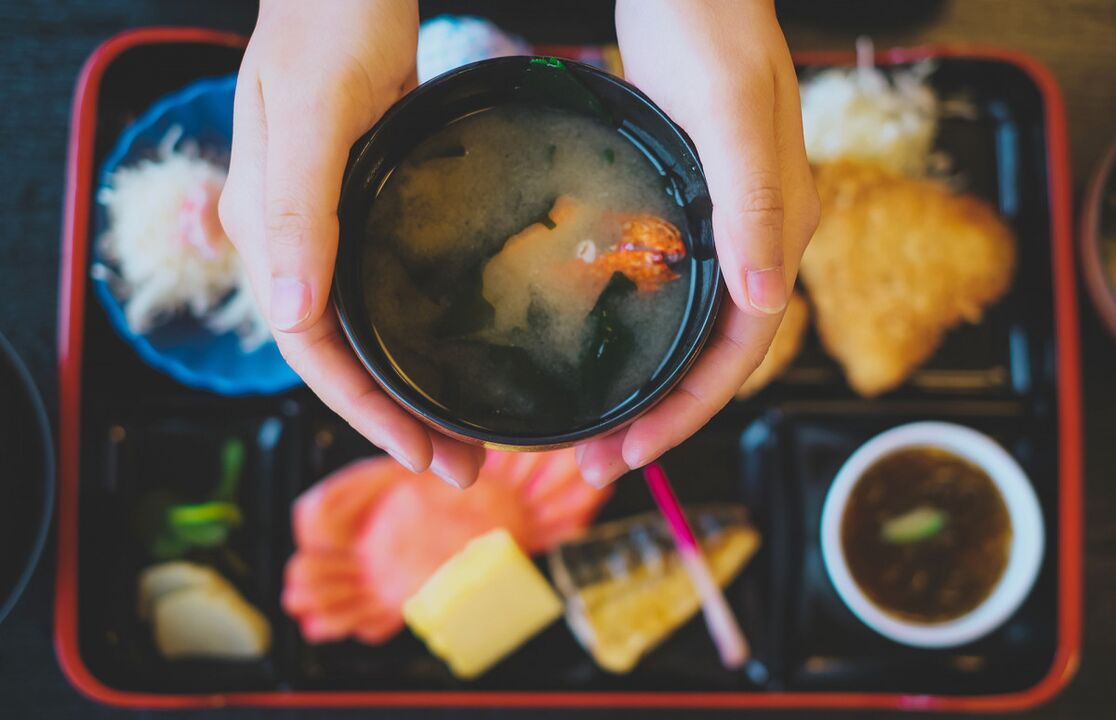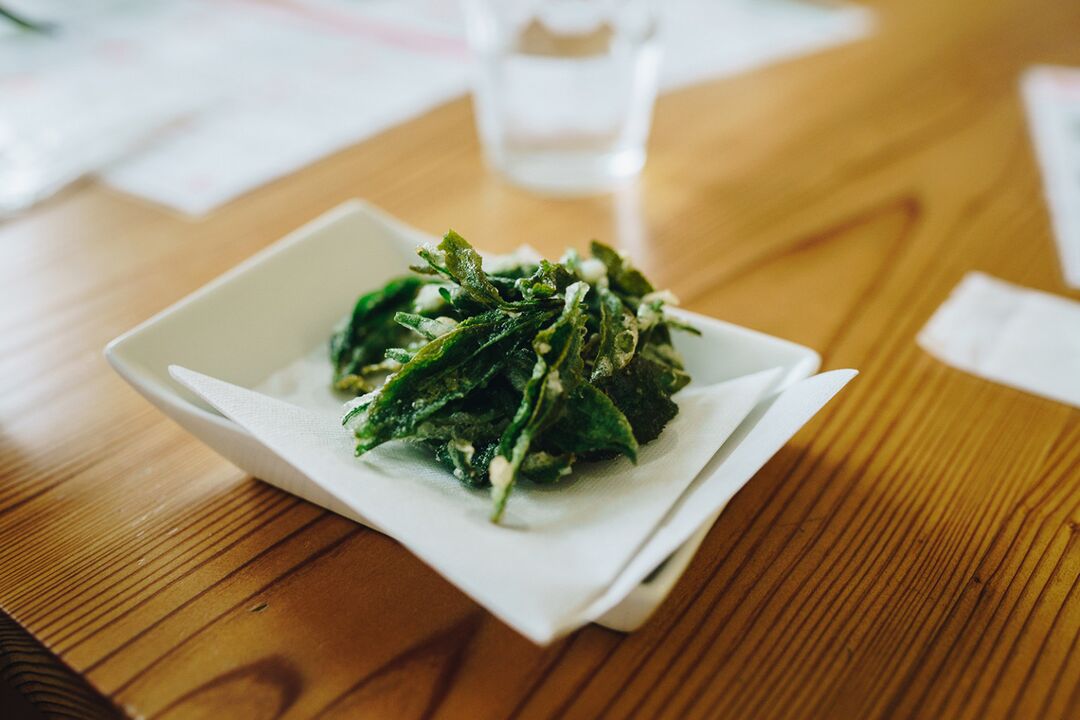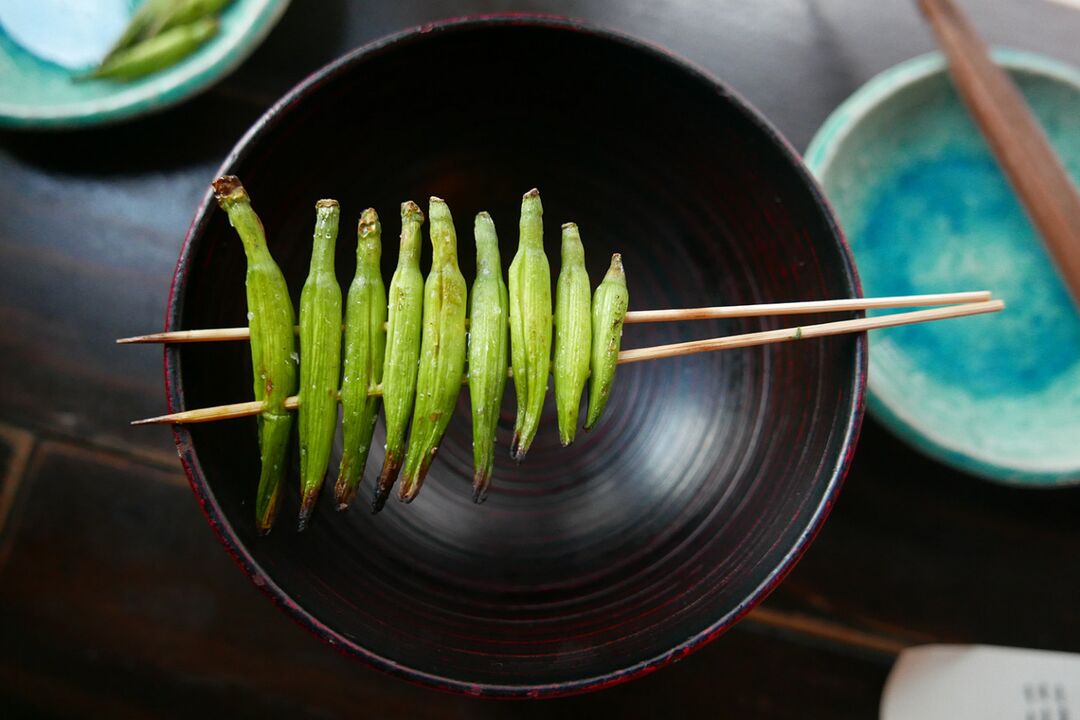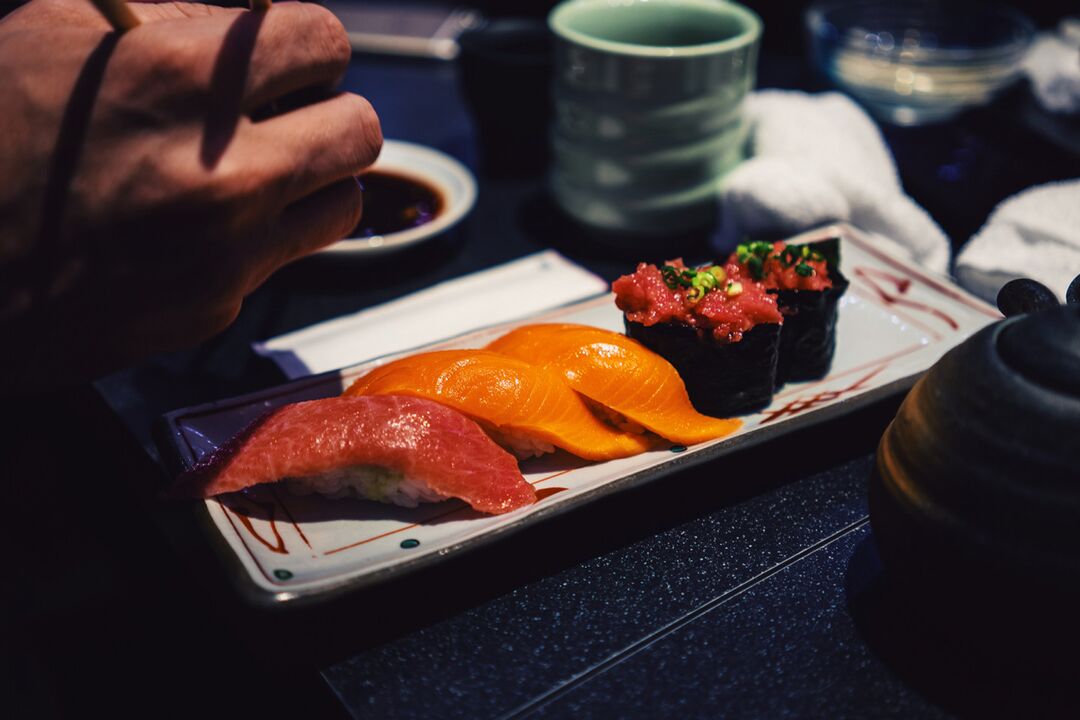
The Japanese diet is a maximum of protein and fiber, a minimum of carbohydrates and a low calorie content. It mainly includes fish and seafood (meat in some varieties), vegetables, fruits, seaweed and soy cheese. It is also called the centenarian diet. The menu is based mainly on the Asian cuisine "waseku", the recipes for which include simple, often seasonal ingredients. This diet helps you lose weight, improves digestion and overall health.

In the traditional menu, carbohydrates were significantly less, but modern doctors advise against cutting them to a minimum. Asian cuisine has changed a lot under the influence of modern food trends. Nowadays, animal protein, sugary sauces, condiments, meats and processed foods are more commonly added to popular dishes.
Allowed Products
The diet is based on whole foods and cooked without a lot of oil:
- rice, different types of noodles;
- seafood (shrimp, shellfish, mussels) and fish;
- soy tofu cheese;
- seaweed;
- legumes (soybeans, beans);
- vegetables (stewed, baked, pickled), less often fruits.
You can vary the ingredients as you like, or use proven recipes. As a rule, the menu often includes seaweed soup, clams, fish and tofu salads. Vegetable soup and noodle dishes are equally popular. The Japanese diet does not include snacks. The main drinks are black coffee, green tea (without milk and sugar). At the same time, alcohol is not prohibited: beer or sake is rare and can be drunk in small quantities for dinner.

An important aspect of the Japanese diet is the appearance of food. The presentation should be beautiful, preferably with chopsticks. Although eating will take longer than eating with European appliances, chopsticks are believed to help open up the harmony of flavors.
Prohibited foods
The Japanese diet forces you to abandon fast food, processed foods, industrial sweets, smoked meats and desserts high in sugar. It is necessary to minimize, or it is better to completely exclude:
- dairy products, including cheese and yogurt;
- beef, pork;
- eggs in any form;
- butter, sauces, including ketchup and mayonnaise;
- bread and pastries;
- sugar-based sweets;
- breakfast cereals, granola, muesli;
- chips, cookies, bars.
You can afford desserts, but only if they are made from natural ingredients, without animal fat and sugar. For example, based on dried fruits.
Sample menu for seven days
Products can be alternated at your discretion. The diet includes three meals a day. At the same time, it is important to control the balance of proteins, fats and carbohydrates. Nutritionists are adapting the Japanese version to our realities, in which not everyone has access to algae, edamame beans and shiitake mushrooms.

Day 1
- Breakfast: light soup, vegetable and seaweed salad, green tea.
- Lunch: soba noodles, boiled vegetables.
- Dinner: noodle soup, edamame beans and pickled vegetables.
Day 2
- Breakfast: 200 g of cottage cheese, pickled fruits.
- Lunch: clam soup, tofu, vegetable salad.
- Dinner: miso soup, seaweed salad, pickled ginger.
Day 3
- Breakfast: coffee, steamed fish.
- Lunch: Chinese cabbage salad, fried scallops.
- Dinner: salmon sashimi, grated carrot salad with butter.
Day 4
- Breakfast: black coffee, rice and pickled vegetables.
- Lunch: mushroom soup, rice cakes, oatmeal or chickpea flour.
- Dinner: vegetable tempura.
Day 5
- Breakfast: black coffee and rusks.
- Lunch: raw grated carrots with lemon juice, steamed fish cakes.
- Dinner: rice balls in nori sheets, pickled fruits.
Day 6
- Breakfast: black coffee, 200 g of cottage cheese.
- Lunch: rice, a glass of tomato juice, cabbage and apple salad with vegetable oil.
- Dinner: shrimps with stewed vegetables, steamed broccoli.
Day 7
- Breakfast: clam soup.
- Lunch: baked fish, pickled tofu, seaweed salad.
- Dinner: tuna and cucumber salad.
Effectiveness and benefits
Substances in seaweed help the body cope with inflammation, and fish dishes contain healthy omega-3 fats. Pickled vegetables and fruits are an affordable source of probiotics to aid digestion.
Fiber, which is found in natural products, helps maintain a healthy intestinal microflora. Weight loss comes from avoiding fast food, processed foods, and sugar, including drinks. Studies have confirmed that most meals are well-satiated, which means that the Japanese diet doesn't have to starve like strict restrictive eating patterns.

This diet is based on soy and seafood, a variety of vegetables and tea, especially green. They contain ingredients that have been shown to help prevent heart disease. Scientists have confirmed that adherents of the Japanese diet have a lower risk of developing heart disease, even when consuming large amounts of salt. But it must be borne in mind that the traditional diet is not the same as the modern Japanese diet. The Japanese archipelago has the most centenarians, which nutritionists associate with dietary habits. For the most part, it is about the Okinawan diet. It differs slightly from the common Japanese one: the latter has more seafood and fish.
The risks of the Japanese diet
The composition of the meals leads to a calorie deficit, due to which weight loss occurs. It also causes a slowdown in metabolism. The body lacks energy, the risk of breakdowns and kickbacks increases with the return of lost weight. Any low-carb diet is proven to be unhealthy. A diet of foods familiar to Japanese people can be stressful for people in other countries who are used to eating differently.
The Japanese diet is quite strict, so the menu may seem scanty, and it will torment you with a feeling of hunger. Because of it, irritability, apathy often appear, and efficiency disappears. To achieve weight loss, it is much more effective to consistently adhere to the chosen dietary principles, rather than limiting the diet in the short term with the expectation of returning to familiar foods.
The exit from the restrictive diet should be as gradual as possible, with the addition of other dishes in turn.
Doctor's review
Compared to the rest of the proposed diets, the Japanese diet looks much more acceptable, however, it also has its drawbacks. I always urge my patients and subscribers to follow the principles of a rational and balanced diet.
The advantages of the proposed diet include the inclusion of iodine-rich foods in the diet. Considering that not every family uses iodized salt, such a nutritional system will provide the body with this microelement in full. Let me remind you that it is extremely necessary for the normal function of the thyroid gland.
Another advantage of the diet is the high content of vegetables and fruits. All dietary recommendations emphasize the need for adequate consumption, preferably in different colors. It is the main source of fiber needed for normal bowel function and microbiota maintenance.
I, of course, agree with the restriction of easily digestible carbohydrates: confectionery, flour, ketchup. These foods are sometimes called empty foods, they raise blood sugar levels and are not particularly healthy.
The disadvantages of this diet, I would include the exclusion of milk and dairy products. Given the recent tendency to blame this group of products for all mortal sins, I want to note that if you do not have lactose deficiency, then you do not need to exclude milk and dairy products. It is the main source of calcium, which is essential for bones, muscles and heart.
Likewise, cutting out meat altogether will deprive yourself of a good source of complete protein. Vegetable protein is incomparable with animal protein in terms of the number of essential amino acids. In addition, red meat is a source of iron. The choice should be made in favor of low-fat varieties: turkey, rabbit, beef.
In conclusion, I repeat: it has been scientifically proven that a balanced diet is the gold standard. Various diet schemes (imaginable and unthinkable) appear like mushrooms after rain, but none of them have shown benefits in both weight loss and beneficial effects on the body.












































